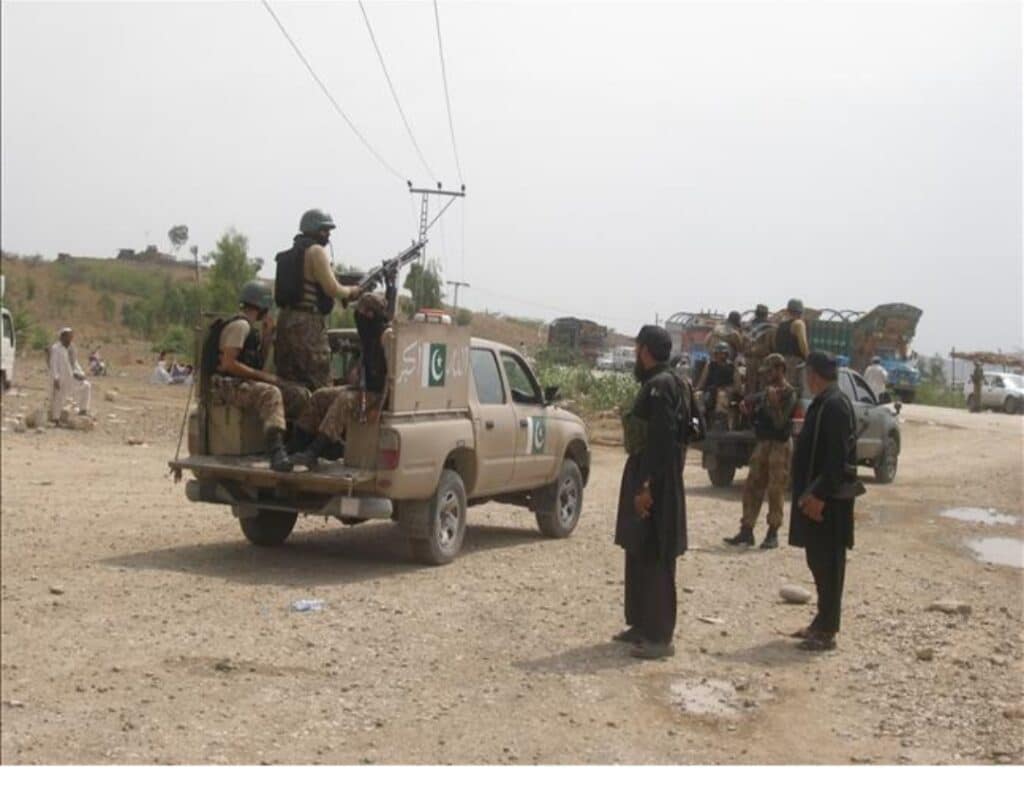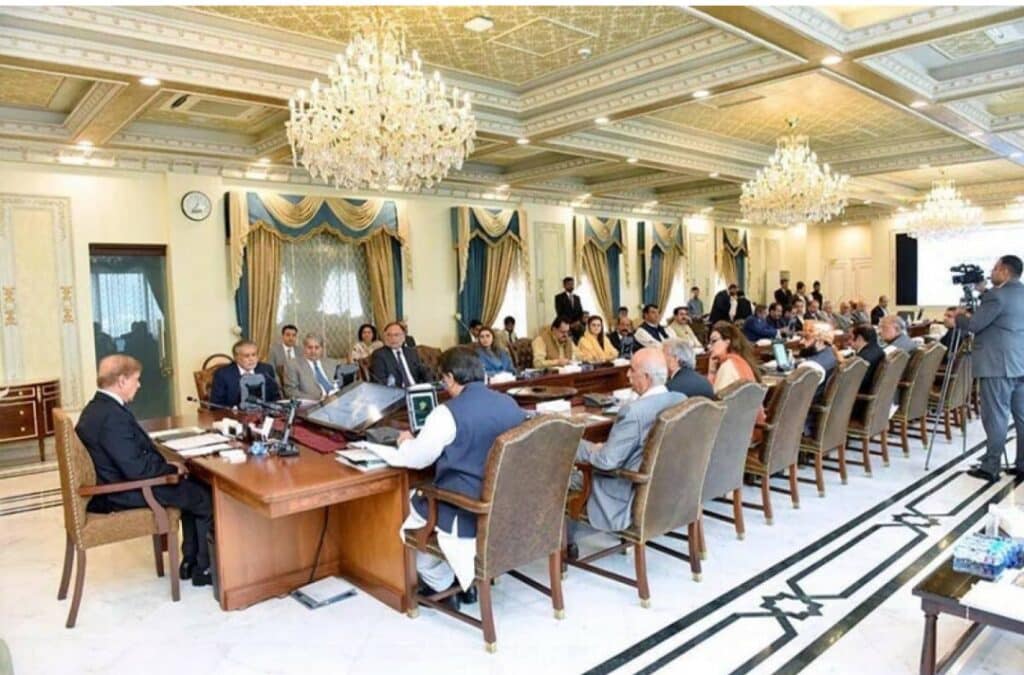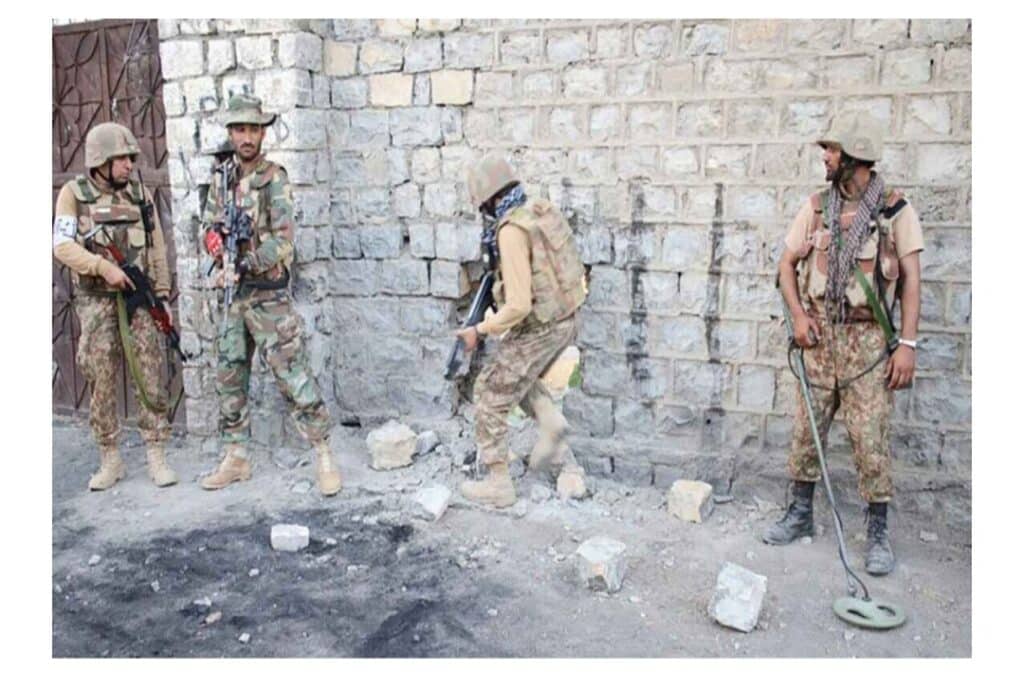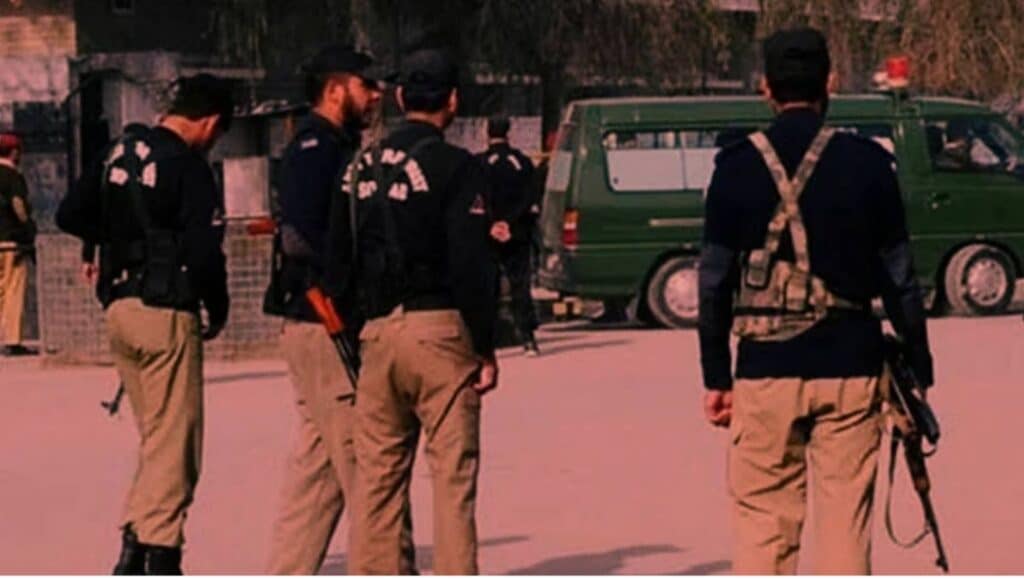In a desperate bid to stay relevant and project strength, militant outfits operating in Pakistan’s tribal belt have ramped up their propaganda campaigns, relying on exaggerated figures and fabricated claims to portray a false narrative of success.
A recent infographic released by the so-called Ittehad-ul-Mujahideen Pakistan—a shadowy alliance of banned terrorist factions—boasts of conducting 89 attacks in a single district (South Waziristan) within a month, claiming over 100 casualties on Pakistani forces. Security analysts and counterterrorism experts have dismissed these claims as grossly inflated and detached from ground realities.
“These are textbook psychological warfare tactics,” says a senior security official. “The numbers they show are not battlefield statistics—they’re part of a disinformation strategy to boost morale among their dwindling ranks and challenge rival militant groups.”
In truth, Pakistan’s security forces have maintained an upper hand in most operational zones. Intelligence-based operations have killed and arrested many high-value targets, and fencing along the Afghan border has disrupted cross-border movement and supply lines for militants.
The current propaganda push is also symptomatic of growing fragmentation among militant networks. Competing factions within TTP, Lashkar-e-Islam, and other splinter groups are engaged in an internal PR war, each trying to outdo the other in fabricated ‘successes’ to gain funding, recruits, and dominance over extortion routes.
Despite their claims, official reports and local sources indicate far fewer attacks than what is being reported in such militant materials. In many cases, incidents attributed to these groups are unverified or outright false. Furthermore, these groups never acknowledge their own losses—dozens of their operatives have been neutralized or captured in recent weeks, yet their propaganda offers no mention of these setbacks.





